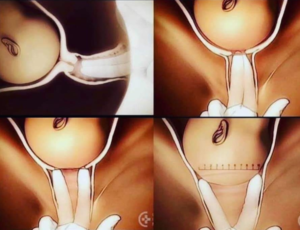Exams
During labor we do various exams to monitor the condition of you and your baby.
For example, we do an external research to see how your baby is positioned and to monitor the heart of the baby. The heart beats of the baby give an indication of the condition of your child during childbirth. Also, we measure your blood pressure and we can measure your temperature if necessary.
Finally, we also conduct internal exams. During this exam, we touch the following:
- the cervix
To dilate, the cervix needs to be soft and flat. This happens in the first phase of labor. - dilation
After the cervix has flattened, dilation occurs. At 10 centimeters, the cervix is completely dilated. - Amniotic sac
We examine whether the amniotic sac is still intact, and can, if necessary, help your water break.
- The position of the baby
We determine if the baby is facing with the head down, and how the head is situated in the pelvis. If the baby is not positioned correctly, this may complicate the delivery, but we can often solve this by changing its position. - lightening
We determine if the baby’s head has dropped lower in the pelvis during delivery. This is necessary for good progress of the delivery.
Many women experience internal exams as uncomfortable. But it’s not painful. We try to limit internal exams as much as possible. Please indicate if internal exams scare you or if you’ve had any bad experiences.



